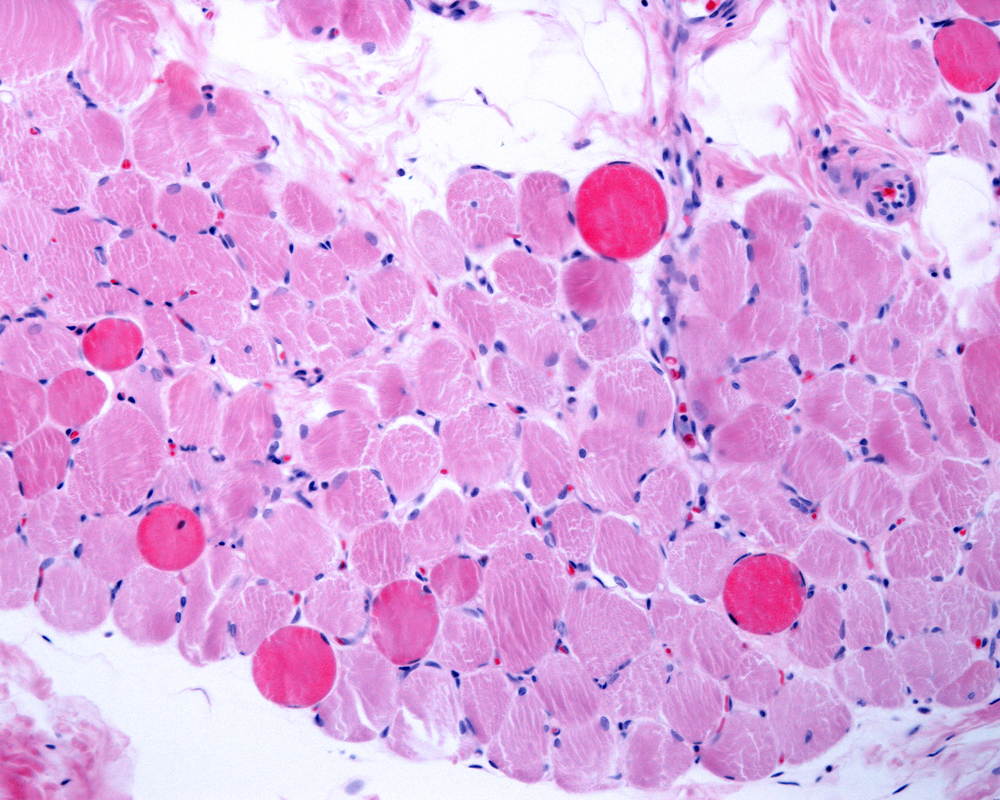The Research is Getting Closer: A Look at Recent Funding for Muscular Dystrophy
/photo: Jose Luis Calvo/shutterstock
Last month, the Muscular Dystrophy Association made 34 new grants totaling near $10 million for its summer round of funding. These grants reflect MDA goal of funding groundbreaking research that will accelerate treatments and cures for the more than 40 diseases in its program.
In this latest round of grants, MDA is funding clinical research tools and infrastructure that are crucial to better understanding disease pathways and accelerating treatments in facioscapulohumeral muscular dystrophy (FSHD)and limb-girdle muscular dystrophy (LGMD), amyotrophic lateral sclerosis (ALS).
"With each grant cycle, we are getting closer to unlocking the mysteries of so many of these neuromuscular diseases and identifying therapeutic targets that will lead to life-changing treatments, which is very exciting."said MDA President & CEO Lynn O'Connor Vos.
Of note in this latest round of funding are two grants awarded to set up clinical research networks for FSHD and LGMD, respectively. Additionally, a research infrastructure grant was awarded to fund the development of computational tools that can integrate and analyze complex ALS data sets.
This latest round of funding also includes 24 research grants awarded to established, independent investigators; five development grants awarded to investigators at the beginning of their careers and who are on the brink of becoming independent investigators; one clinical trial travel grant to help alleviate the financial burden on individuals and families traveling to participate in clinical research; and one clinical research training scholarship to a physician in the early stage of their medical career who is interested in pursuing a career in clinical neuromuscular research.
A Big Picture Approach
These grants are representative of MDA’s approach to grantmaking. Scientific discoveries are rarely made by single scientists in isolation. MDA researchers don’t work in silos nor do they necessarily focus on one disease. MDA’s research leverages information and insights gained from research in one disease area to inform and advance discoveries and breakthroughs in others—that is, research across diseases. But what does that mean? Well, to start with, breakthroughs aren’t made in silos. Eureka moments don’t happen in a vacuum. MDA helps bring together scientists and clinicians in muscular dystrophy, motor neuron diseases, mitochondrial diseases and myopathies—and other fields such as epigenetics and behavioral science — to research conferences to present their results, form new collaborations and learn the latest developments in the field.
MDA’s 2018 Annual Conference brought together more than 500 scientists, clinicians, industry partners, pharma and biotech representatives, and other stakeholders. MDA’s Scientific Conference is an opportunity to come together and share ideas and updates, gain insight into others’ research methods and results, and find ways to collaborate and build off others’ successes as they work to unlock the secrets of neuromuscular diseases and develop therapies to treat them.
Notable Breakthroughs
For more than six decades, MDA has funded basic, translational and clinical research and is the largest private funder of MD research. MDA is currently funding 177 different research projects around the world with a combined investment of $47.3 million.
In just the last three years, four drugs have been approved by the FDA that can trace their origins directly to MDA funding. One area where MDA supported work has made significant strides is in Duchenne muscular dystrophy. Duchenne muscular dystrophy (DMD) one of nine types of muscular dystrophy. DMD is a rare disease consisting of progressive muscle degeneration; the disease mostly affects boys and is often deadly.
MDA has invested more than $200 million in DMD research and has been central to the development foundational and extensive work in research techniques used to crack the code of DMD.
The first U.S. therapy for DMD, eteplirsen, made by Sarepta, was approved in 2016. MDA supported the early development of eteplirsen which reported encouraging results two months ago. Recently the University of Texas Southwestern Medical Center used Crispr gene editing to cure a canine version of Duchenne in four beagles, a significant step up from the usual lab mice.
Despite these breakthroughs, there is still much that is unknown about muscular dystrophy and for every drug that gets approved, many more fail to make it through the clinical trials pipeline. However, according to MDA Senior Vice President and Scientific Director Grace Pavlath, Ph.D. due to advances in technology and drug discovery that have taken place in the last few years, the “opportunity to fund groundbreaking research has never been greater.”







































